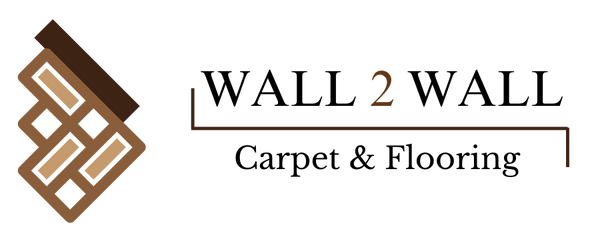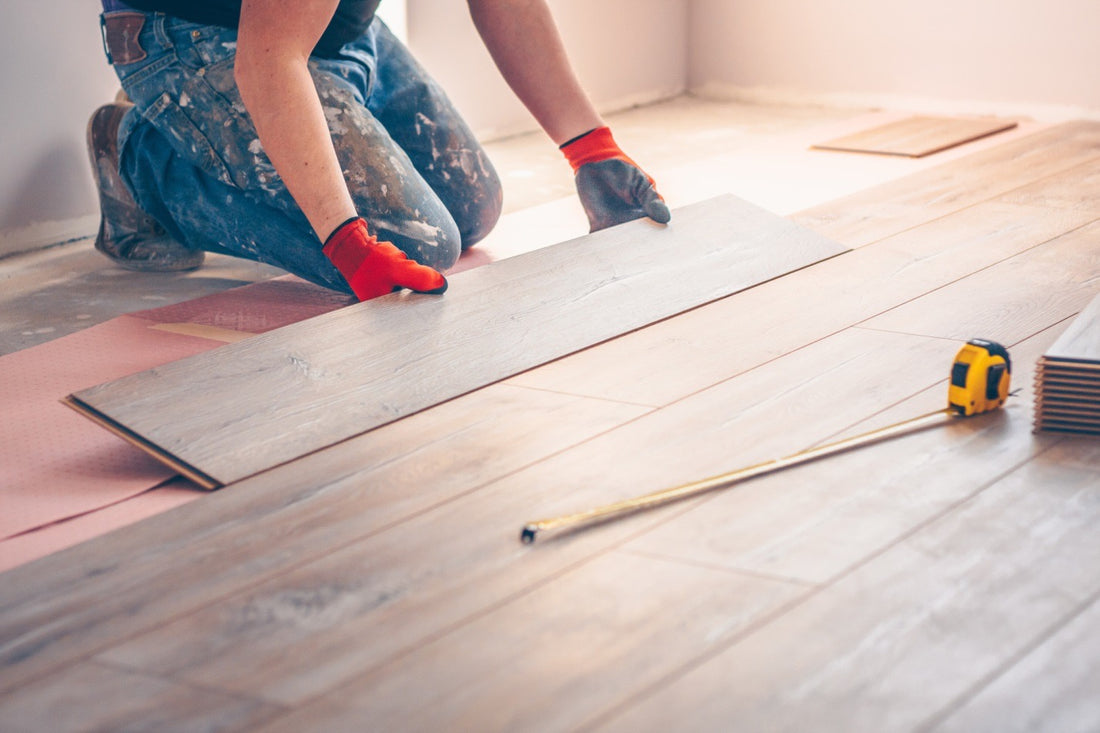When it comes to home renovation projects, updating your flooring can significantly enhance the aesthetic appeal and value of your space. However, understanding the costs associated with flooring installation is crucial for budgeting and planning purposes. Let's delve into the various factors that contribute to the overall expense of a flooring project.
Material Costs: The type of flooring material you choose plays a significant role in determining the overall cost of your project. Whether you opt for hardwood, laminate, vinyl, carpet, or tile, each material comes with its own price range per square foot. Additionally, the quality and brand of the flooring material can also impact the overall cost.
Old Flooring Removal: Before installing new flooring, it's often necessary to remove the existing flooring material. This process can incur additional expenses, especially if the old flooring requires special removal techniques or if there are multiple layers to be removed.
Baseboard Removal and Reinstallation: In many cases, baseboards need to be removed before installing new flooring. While this may seem like a minor detail, it's an important factor to consider when budgeting for your flooring project. You may need to account for the cost of removing and reinstalling baseboards, as well as any potential paint touch-ups or damage and that may occur during the process.
Appliance and Furniture Manipulation: If you're replacing flooring in occupied spaces, you'll need to factor in the cost of moving appliances and furniture to accommodate the installation process. This may involve hiring professional plumbers/electricians or coordinating with the flooring installation team to ensure a smooth transition.
Floor Preparation: Preparing the subfloor for new flooring installation is crucial for ensuring longevity and proper installation. Depending on the condition of the existing subfloor, additional preparation work may be required, such as leveling, moisture sealing, or repairing damaged areas.
Switching from Carpet to Hard Surface: Transitioning from carpet to hard surface flooring involves more than just swapping materials. Depending on the subfloor condition, extensive adjustments may be needed to ensure a seamless transition and proper installation of the new flooring material.
In conclusion, understanding the various factors that contribute to flooring costs is essential for planning and budgeting your renovation project effectively. By considering material costs, additional services, and potential challenges, you can ensure a smooth and successful flooring installation process within your budget constraints.
For a professional estimate on all these costs, contact us here.

